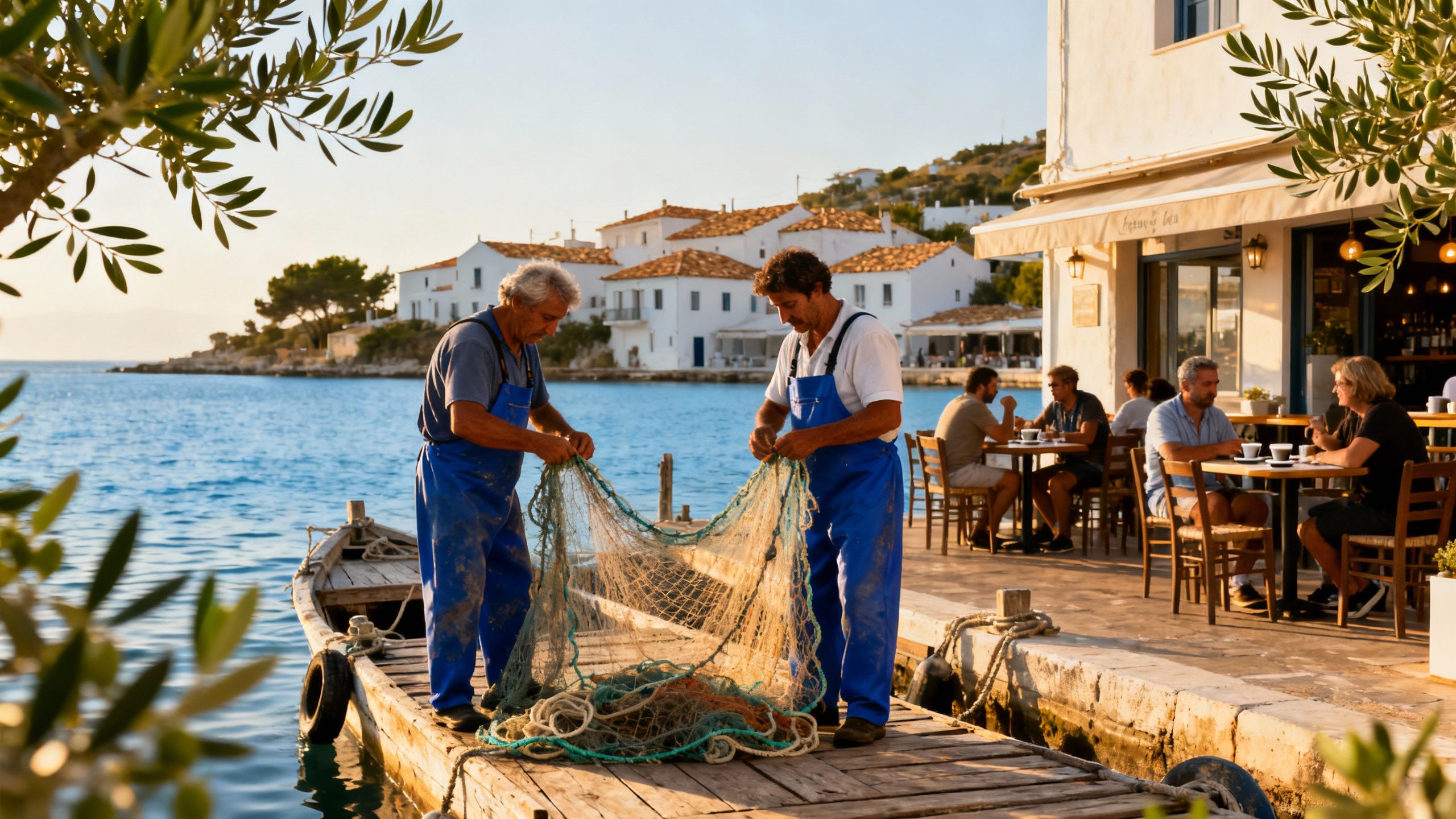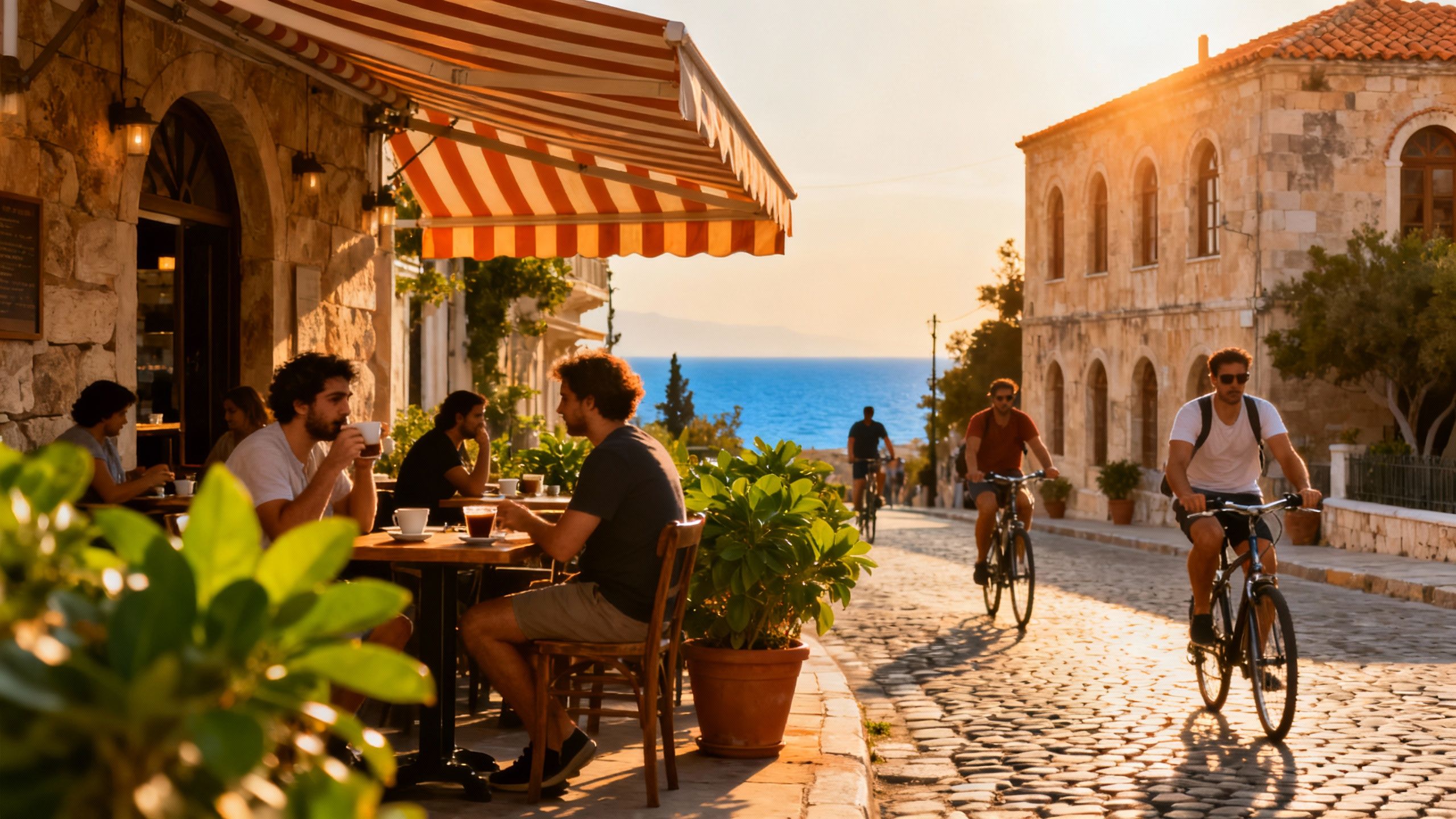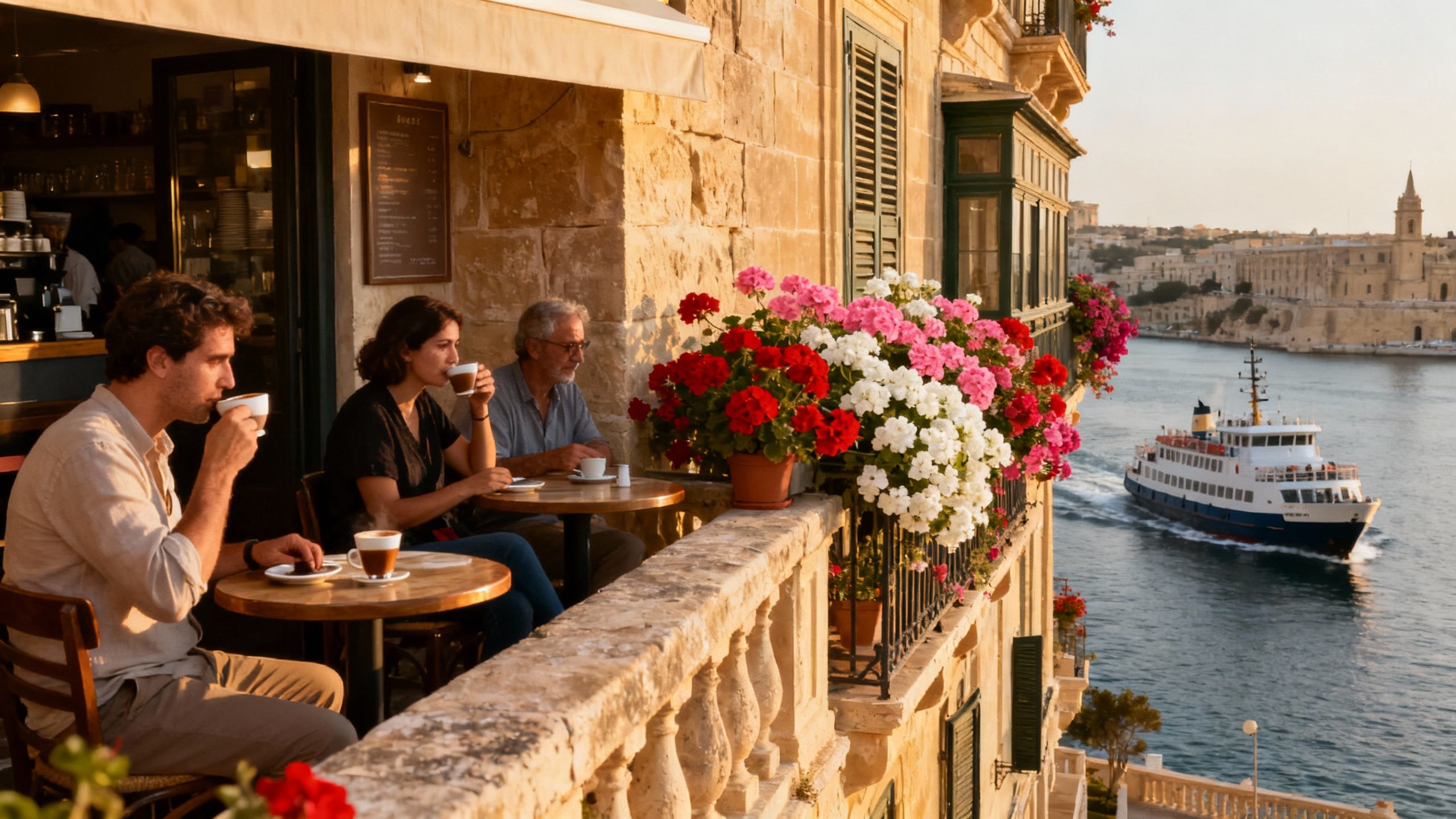Autumn House‑Hunting in Malta: The Upside Others Miss
Autumn viewings in Malta reveal calmer neighbourhoods, better access to craftsmen and quieter negotiations — a strategic time to buy life, not just a listing.
Imagine stepping out at 8am to a warm Maltese autumn breeze, espresso in hand, the limestone streets of Sliema still hushed while fishermen mend nets in Marsaxlokk harbour. This is Malta in shoulder season: colours settle, markets feel intimate, and the island’s compact rhythm — sea, festa, family — reveals itself in calmer, truer notes. For buyers who want life first and the deed second, timing the search outside the sun-drenched tourist surge is where value and local living both deepen.
Living the Malta lifestyle

Malta’s daily life is a tactile thing: warm stone underfoot, jasmine diffusing in narrow alleys, afternoon chatter spilling from cafés. Valletta hums with cultural gravity — theatres, narrow bastions and a slower kind of civility — while St Julian’s and Paceville wear their evening energy for the night crowd. Outside the hubs, towns like Mellieħa and Marsaskala breathe seaside calm; Mdina offers contemplative, car-free lanes where neighbors still greet one another by name.
Neighborhood spotlight: Sliema & Gzira mornings
Picture a morning walk along the promenade from Sliema to Tigné: dog-walkers, coffee shops opening, bakeries laying out ftira and pastizzi. Apartment terraces catch early sun; many buildings show the layered history of Malta — traditional wooden balconies, modern terraces, occasional green roofs. For buyers wanting community, Sliema’s small grocery shops, co-working options and English-speaking services make settling in gently practical.
Food, markets and slow seasonal life
Weekend market runs are part ritual, part discovery: the fresh-caught fish at Marsaxlokk, citrus from local farms, and punchy gbejniet (cheeselets) in local stalls. Autumn brings a quieter farm-to-table rhythm: olive-season talk, small-scale preserves, and neighbourhood restaurants shifting menus to heartier, seasonal plates. These sensory changes shape what it means to live here, and they matter when you imagine entertaining from your kitchen or growing a terrace herb garden.
- Lifestyle highlights: authentic places to live and linger - Morning espresso at Café Jubilee (Valletta) and a wander past Upper Barrakka Gardens - Sunday fish market in Marsaxlokk and a harbour-side lunch of lampuki - Sunset swims and cliff walks in Golden Bay and Għajn Tuffieħa - Mdina’s evening calm — lantern-lit streets and small local festas - Farmers’ stall finds: seasonal citrus, gbejniet and sun-dried tomatoes - Community events: village festas, band marches and coastal clean-ups
Making the move: practical considerations

The dream of island life meets a compact, competitive market. Malta’s Residential Property Price Index has continued to climb year-on-year, a sign that land scarcity and steady demand keep prices firm even as other costs fluctuate. That reality makes timing, local knowledge and realistic expectations essential: look for seasonal windows when motivated sellers are more receptive and agents can show you neighbourhood life, not just glossy listings.
Property styles and what they mean for living
From ornate townhouses in Vittoriosa to modern seafront apartments in St Paul’s Bay, each typology changes how you use space. Maisonettes with terraces invite gardening and al fresco meals; converted townhouses offer vaults of history but often need careful retrofit for insulation and water systems. The NSO data shows maisonettes rising briskly, reflecting demand for private outdoor space — an important lifestyle detail when you picture year-round terrace living in Malta’s mild climate.
Working with local experts who know life, not just listings
- Steps an island‑savvy agent will take to match lifestyle to property: 1. Map daily routines: school runs, market days, transport and favourite cafés 2. Audit microclimate and orientation: how terraces and courtyards work across seasons 3. Assess retrofit potential: insulation, rainwater collection and passive cooling needs 4. Introduce you to neighbours and local craftsmen for authentic upkeep 5. Time viewings in shoulder season to feel neighbourhood rhythm rather than peak tourism bustle
Insider knowledge: what expats wish they'd known
Real talk from expats: English helps, but local nuance matters. Festa invitations, the cadence of knock-and-chat, and where to get repairs from craftsmen who respect traditional limestone techniques — these are the soft infrastructures that make life here sing. Many newcomers underestimate the seasonality of services: builders and suppliers slow in August for holidays; autumn is when projects and negotiations move faster.
Cultural integration and everyday customs
Learn a few Maltese phrases, attend a village festa, and you’ll be welcomed faster than by perfecting legal forms. Shared meals, neighbourly chats in piazzas, and small favours build trust that eases local transactions — from negotiating a renovation contract to quietly finding an off-market opportunity. This social currency matters when islands are small and networks tight.
Long-term lifestyle: seasons, stewardship and sustainability
Look beyond the purchase: choose materials and systems suited to Mediterranean climates — breathable lime plasters, rainwater harvesting, shaded terraces and solar-ready roofs. These choices lower running costs and deepen a home’s relationship to place, honouring Malta’s ecology and giving you comfort through seasonal shifts from bright, windy winters to warm, dry summers.
- Quick practical checklist before you bid - Visit in autumn: quieter neighbourhoods, better access to builders and real-feel viewings - Ask agents about historical insulation and façade permissions for limestone homes - Prioritise outdoor space: small courtyards and terraces matter more than a sea view for daily life - Meet local craftsmen: stone masons and carpenters preserve value and character - Factor in service seasonality: August slowdowns can delay minor works
Conclusion: Malta asks you to slow down and belong. If you want island life that’s lived rather than exhibited, start your search in autumn, learn the small customs, and choose a property that feels like a seasonally attentive home. Work with agents who introduce you to markets and neighbours, not just listings — and bring a long view: in Malta, stewardship of stone, garden and community rewards those who buy with care.
Dutch property strategist who helped 200+ families find sustainable homes in southern Europe; expert in legal pathways and long-term stewardship.


